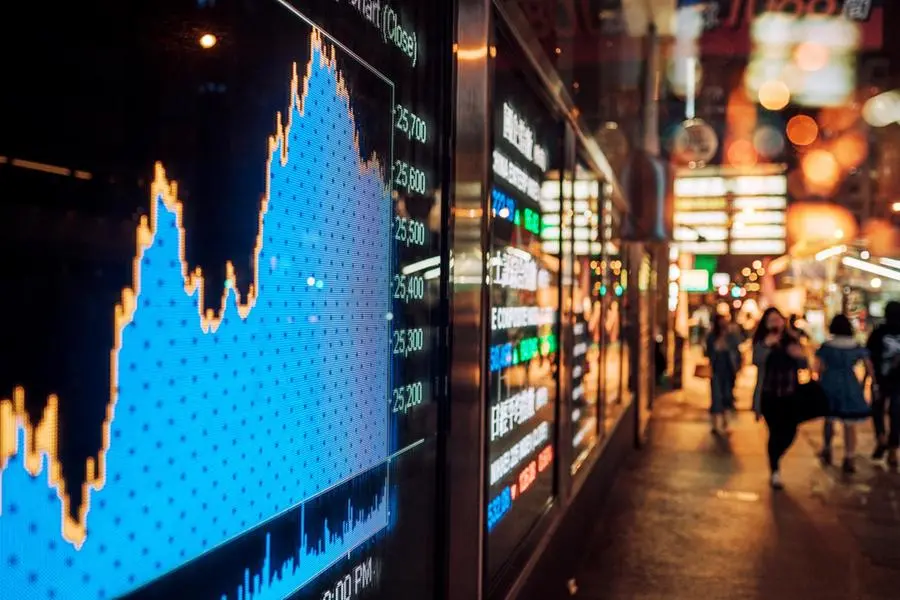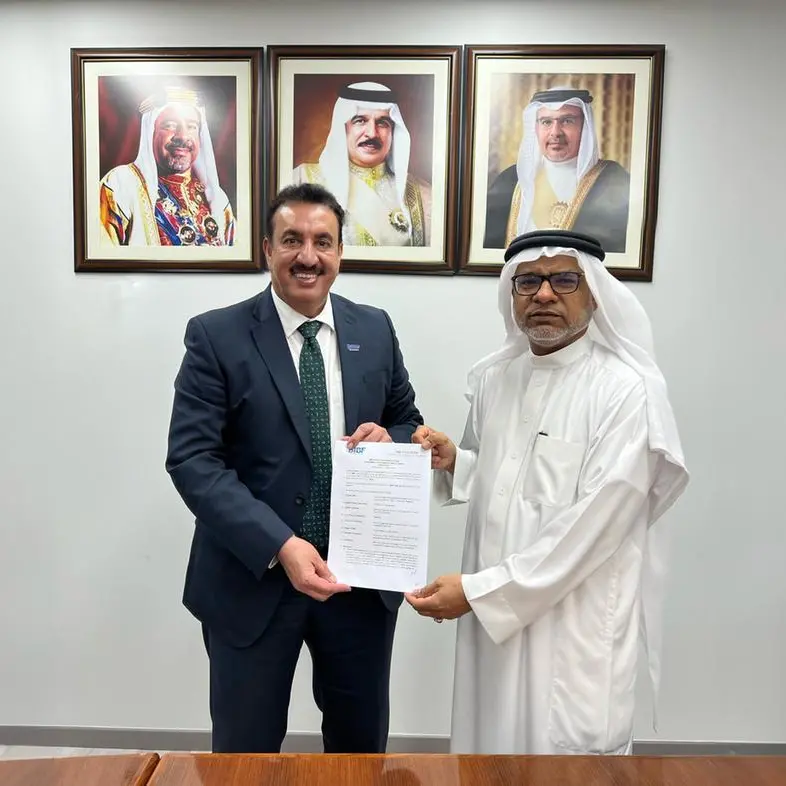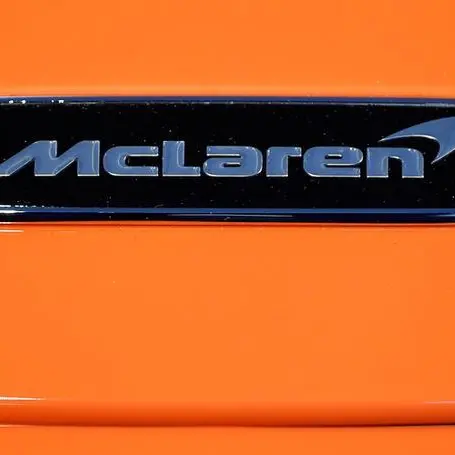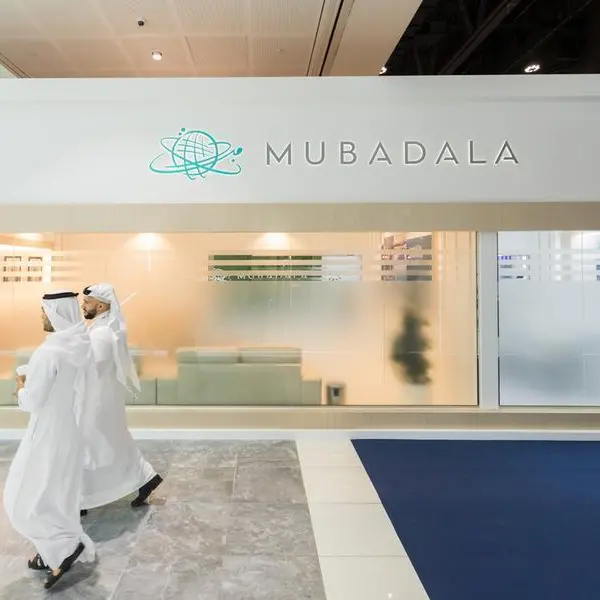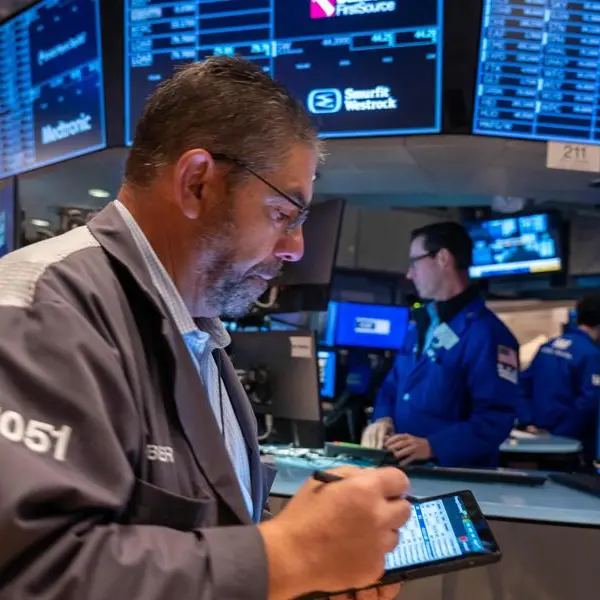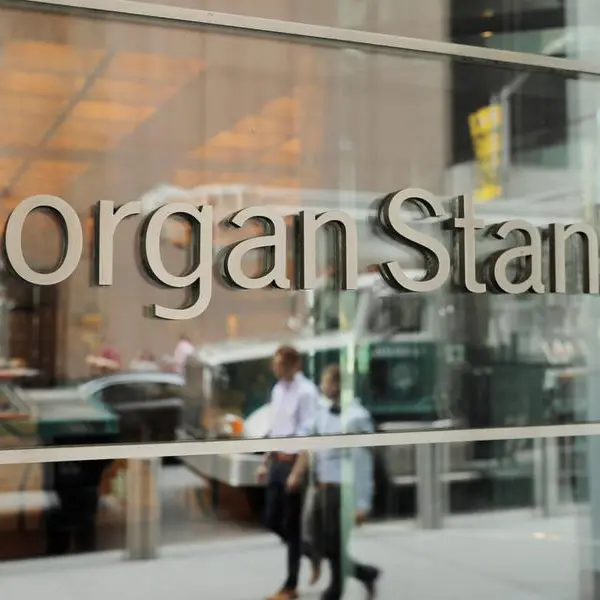PHOTO
Financial stock exchange market display screen board on the street. Image used for illustrative purpose.
The two-year long slump in global private equity looks finally to be bottoming out, with the industry finding a footing from which to climb back, Bain & Company concludes in its 2024 Private Equity Midyear Report.
But while PE activity appears to have arrested its freefall, Bain cautions that it remains subdued by historical standards – especially relative to a $3.9 trillion mountain of available dry powder ($1.1 trillion of this committed but uncalled capital in buyout funds). Prospects for revival remain tentative with momentum still scarce, Bain finds.
Among positive signals for prospects, the PE industry’s precipitous slide in both deal-making and exits over the past two years largely levelled off in the first months of this year, Bain’s analysis shows.
Globally, PE’s buyout deal count through May 15 was down 4% on an annualised basis versus 2023, putting it on track to finish the year broadly flat compared with last year’s tally. Buyout deals’ global value is on track to finish the year at $521 billion, up 18% from 2023’s $442 billion – but with the rise driven by a higher average deal size ($916 million, up from $758 million) rather than more deals.
Exits halted
Exits also looked to have halted the steep declines of the past two years. The total number of buyout-backed exits is tracking flat on an annualised basis, while exit values are trending to finish 2024 at $361 billion, registering a 17% rise from 2023 – but still leaving this year shaping up as the second worst for PE exit values since 2016.
The impact on fund-raising means that the environment for PE to secure new capital remains a tale of haves and have-nots, Bain reports. Through May 15, the industry raised $422 billion versus $438 billion over the same period last year. The trend suggests fundraising will reach an annualised $1.1 trillion in 2024 – marking a 15% drop from the previous year. Buyout funds are dominating the fund-raising landscape, with $199 billion raised up to May 15, and the category set to reach a tally of $531 billion by year-end, a 6% rise from 2023’s total.
In a further indication of steadily reviving optimism over the outlook, Bain also reports that informal discussions with general partners (GPs) globally suggest that deal pipelines are already beginning to refill, with many sighting “green shoots” of a recovery emerging. GPs’ latest observations are more upbeat than in Bain’s most recent March survey of 1,400 PE market participants which found that 30% did not expect a dealmaking resurgence until Q4 of this year, with close to 40% expecting that to take until 2025 or beyond.
Too soon to assume a return to normal
Yet while Bain’s report notes that 2024’s final tally of deal value will likely approach that of the buoyant years before an anomalous post-pandemic spike in 2021, it suggests that it is too soon to assume a “return to normal”, with a sustained upswing in activity, given the series of key challenges that confront the PE industry.
“As we progress through 2024, we are seeing encouraging signs of recovery in the private equity sector. The data and market signals suggest a positive shift, indicating that we may be at a crucial juncture where dealmaking and overall activity are gaining momentum,” commented Gregory Garnier, regional head of private equity and sovereign wealth fund practices at Bain & Company Middle East.
“However, the industry faces several significant challenges, including managing interest rates, enhancing value creation, and addressing the backlog of exits. This year will be pivotal as general partners focus on overcoming these hurdles and reinvigorating the flow of capital to limited partners.”
Adjusting to the ‘new normal’ imperative
Bain’s Report maps out an array of critical challenges that PE players are under pressure to address urgently, from prolonged uncertainty over the macro-economy and interest rates that look set to stay higher for longer, to continuing geopolitical turbulence, to the sector’s exits gridlock. Bain urges that PE firms need to move quickly and decisively to adapt to a changed market – rather than expect a rapid resumption of business as usual, as seen before the market slowdown over the previous two years.
“The imperative is to adjust to the ‘new normal’,” said Hugh MacArthur, chairman of the global Private Equity practice at Bain & Company. “It typically takes 12 months or more for a boost in exits to produce a turnaround in fund-raising – so even if dealmaking picks up this year it could take until 2026 before the fundraising environment really improves. So, in a hotly competitive market for capital, PE firms need to make decisive moves to change the narrative. They need to use this time to take a clear look in the mirror and understand how LPs really see their fund and then to translate those insights into stronger performance and more competitive positioning. Importantly, that includes sharpening value creation – in an environment of higher rates the premium is going to be on producing margin and revenue growth in portfolio businesses.”
Exits gridlock persists
The continuing deep freeze afflicting PE exits is a critical area of pressure highlighted in the report. It finds that the continued low level of exits, leaving PE firms sitting on trillions in unsold and aging assets, is making life increasingly uncomfortable for GPs in multiple ways.
Crucially, Bain notes that the prolonged slump in exits is preventing the return of capital to LP investors that are increasingly pressing for a rise in current low levels of distributed-to-paid-in capital (DPI). In turn, LPs’ dissatisfaction over distributions is impeding new fund-raising with investors focusing new commitments on a narrower swath of favored funds. A recent poll by the Institutional Limited Partners Association showed only a small minority of LPs were satisfied by the urgency GPs are placing on increasing liquidity.
Bain highlights that while the overall fund-raising figures look relatively robust, LPs’ increasing focus on a narrowing swath of favored fund managers means that in buyouts the 10 largest funds closed took in some 64% of total capital raised so far this year, with the largest single fund (the $24 billion EQT X fund) accounting for 12%. As a result, the bulk of buyout funds are left to battle over the remaining 36% of capital available and at least one in five buyout funds is closing under its target.
One brighter spot for exit prospects is a reopening of the initial public offering market, sparked by a surge in public equities over the past six months that has also relieved some liquidity pressures on LPs, today’s report notes. But while a revived IPO market has produced several large exits in Europe, the report adds that IPO exit channel still represents only a sliver of exit totals, with the corporate deals and sponsor-to-sponsor exit channels still largely flat.
"The current stagnation in private equity exits is putting significant pressure on the industry to return capital to investors," noted Elif Koc, Partner at Bain & Company Middle East. "As limited partners demand more liquidity, private equity firms must focus on navigating this challenge to secure new capital and manage existing assets effectively."
Persistent macro nerves
Persistent macro-economic and geopolitical uncertainties, with still-elevated global interest rates that may not be lowered as much as expected this year, also remain a persistent drag on PE’s revival prospects, Bain finds. It notes that still-elevated rates are keeping dealmakers cautious, distracted, and wary on either side of transactions – while also aggravating the challenge of managing rate-related issues within existing portfolios.
Interest rates that have stayed higher for longer have also raised the stakes for funds in holding assets over longer periods in the face of the declining exits, Bain says.
Balance sheets have come under pressure from the increased cost of debt financed by adjustable-rate loans so that portfolio managers are spending increasing time in negotiation with lenders and managing operational issues, with this then acting as a brake on new dealmaking activity.
Against this backdrop, and with a full-blown revival in fundraising and overall PE activity likely to take a number of months to come through, Bain’s analysis advocates for firms to implement determined action to fully understand their LP investors’ expectations and needs – and to develop a comprehensive plan across their portfolios to meet those requirements and deliver value.
Copyright 2024 Al Hilal Publishing and Marketing Group Provided by SyndiGate Media Inc. (Syndigate.info).
